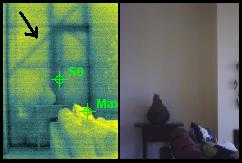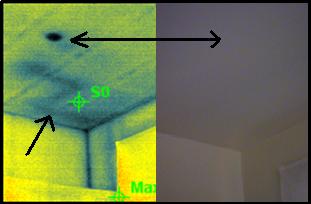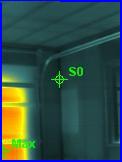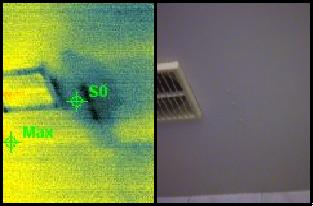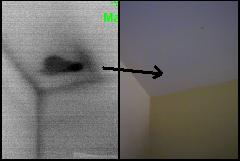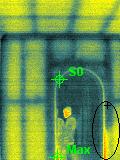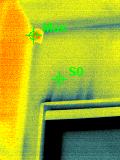Leaking balconies can be a serious danger, especially if its been leaking slowing for some time before you notice it.
There are plenty of ‘real’ stories about balconies collapsing under load (too many people standing on it at one time), but the most common cause of balcony issues isn’t the load, it’s the fact that the waterproofing has failed and the joists are suffering gradual leak damage and rot which is causing the failure.
You can see in the above photo the discoloured timber cantilevered joists have completely rotted. So do you think decay and rot may have also spread down the external walls below… like cancer? There is a very high chance this has happened, especially with untreated timber behind the plaster cladding.
If you notice any discolouration on the interior lining at the top of your walls or on the ceiling of the room below a balcony, there’s a good chance it’s a leak. Here’s the challenge to finding balcony leaks…
-
Is the water running back across the joists under the deck from outside edge?
-
Has the tile grouting perished and the water is leaking through a join in the waterproofing membrane under the tiles?
-
Has the joinery of the door leading out to the deck failed?
-
Is the base of the cladding touching the deck? Water can potentially ‘wick’ back up into the bottom plate of the timber wall frame.
-
Has the waterproofing membrane been correctly installed underneath the door frame to prevent wind driven rain getting up underneath the door and down into the wall below?
-
Is the water coming down from the roof and running down the external walls?
-
Any cracks in the plaster cladding around the balcony or external walls in the area?
-
What about where the balustrade butts up against the cladding… is the area sealed correctly?
-
Is the deck level the same as the floor level inside the house, or is there a step down of around approx 100mm onto the deck? (The latter is the correct way to build under the current building code).
-
Is the leak visible on the under side of the balcony?
-
Is the balcony drain blocked, or some kind of plumbing failure occured in the area?
Our thermal imaging and moisture detection services can go along way towards detecting balcony leaks through a process of elimination… and might save you from accumulating a few grey hairs in the process!
The one thing you need to make sure of, is that you don’t leave the leak go ‘unsolved’, because the longer you leave it, the higher probability the moisture is eating into your external load bearing walls. Not good.
We find balcony leaks and determine if moisture has penetrated your walls.


